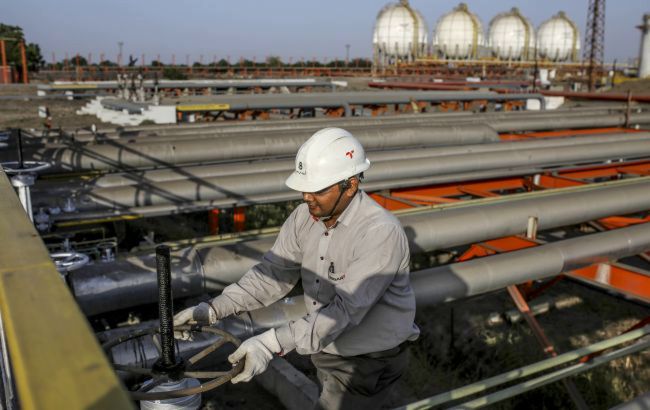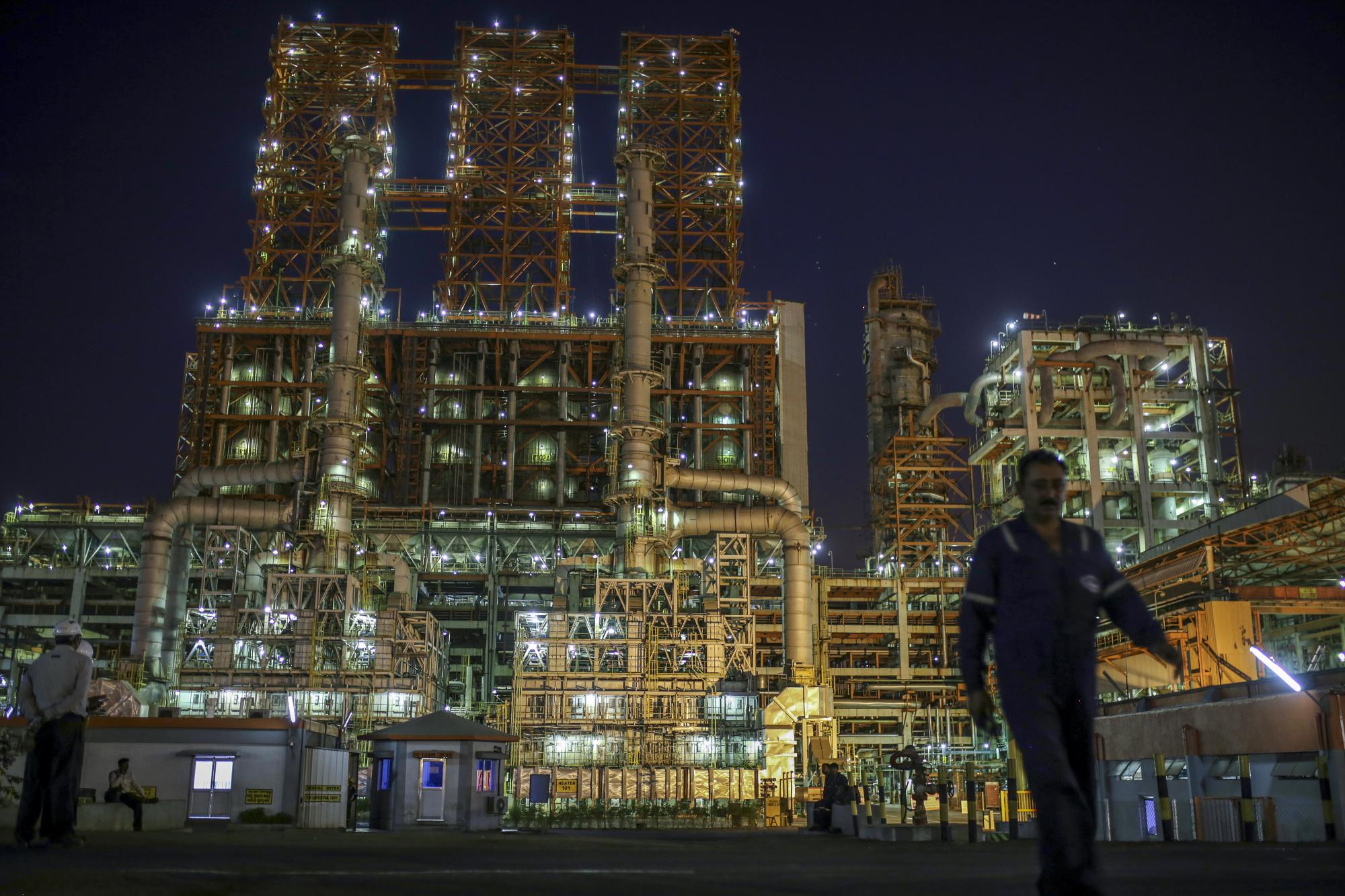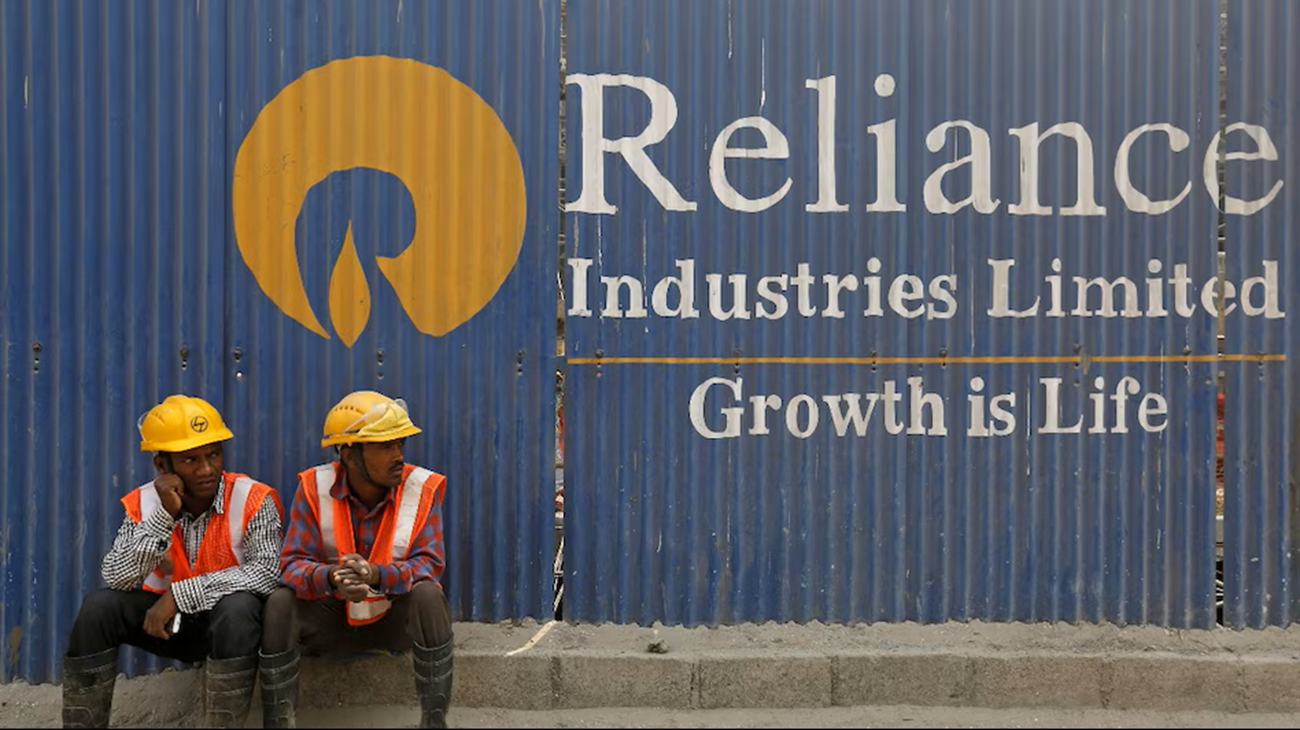Oil empire that feeds the war: How Mukesh Ambani helps Russia sell its crude
 Photo: Russia became the main oil supplier to India after the start of the war in Ukraine (Getty Images)
Photo: Russia became the main oil supplier to India after the start of the war in Ukraine (Getty Images)
Mukesh Ambani, whose fortune is estimated at $95 billion, earned €724 million in 2024 from exporting fuel to the United States that was produced from Russian oil. Reliance Industries, India's largest oil refining conglomerate owned by Ambani, has become one of the main beneficiaries of the Russian oil trade after Russia's full-scale invasion of Ukraine, making him one of the key sponsors of the Kremlin's war machine. How this became possible — more details in the RBC-Ukraine report.
Sharp turn
After Russia's full-scale invasion of Ukraine and the sharp decline in budget revenues due to sanctions, the Kremlin faced the risk of economic collapse.
Exports of energy resources — Russia's main source of income — fell dramatically. Under these conditions, Moscow found financial support in India, which began massively purchasing Russian oil at significant discounts.
In May 2022, the share of Russian oil in India’s imports was less than 1%. However, by 2024, it had reached 1.95 million barrels per day, nearly matching China's volumes.

Photo: Oil refinery in India (Getty Images)
Moscow has become the main supplier for New Delhi, accounting for more than a third of its total imports.
In the winter of 2022–2023, after the retreat from the Kharkiv and Kherson regions, the Kremlin faced an urgent need to rebuild its army and military-industrial complex.
According to experts, revenues from the Indian trade corridor became one of the key sources of financing for these efforts.
Profitable schemes
According to US Secretary of the Treasury Scott Bessent, Russian oil now makes up 42% of India's imports. India has earned more than $16 billion in additional revenue solely from reselling refined oil products.
At the peak of sanctions in the summer of 2022, Russia was forced to sell oil at discounts of up to 40% — about $32 per barrel below market price. Reliance and other Indian refineries bought the crude, processed it, and exported diesel and gasoline at global market rates.
Data from the Centre for Research on Energy and Clean Air (CREA) shows that between 2022 and 2024, India saved up to $33 billion on purchases of discounted Russian oil. At the same time, Russia gained resources to finance its war against Ukraine.

Photo: Mukesh Ambani, owner of Reliance Industries (Getty Images)
Bloomberg and the Financial Times reported as early as 2022 that Reliance Industries was among the first to take advantage of shifts in the energy markets. Its Jamnagar refinery quickly reoriented toward Russian crude.
According to Foreign Policy, in May 2022, 27% of the refinery's feedstock came from Russian oil (up from just 5% in April). This allowed Reliance to boost its diesel exports, including to EU countries that had already restricted direct imports from Russia.
Reliance signed long-term contracts with Russian suppliers, ensuring a steady stream of revenues for the Kremlin at a time when the West had turned away from purchases. By early 2025, nearly 50% of Reliance's crude imports came from Russia, while about 20% of its products were exported to Europe.
Sanctions against Russian banks complicated direct trade between Russia and India. As a result, dozens of new traders emerged on the market. By early 2023, they accounted for more than half of Russia's oil exports.
Traders linked to the leadership of major Russian oil companies were buying crude at deep discounts — in the summer of 2022, up to $30 per barrel below global benchmarks. They then resold the oil to India and China with only a modest markdown of $5–8. The gap between purchase and resale prices generated billions of dollars in profits each month.
According to the Swiss organization Public Eye, in July 2023, 51% of Russian crude exports were controlled by traders from the Persian Gulf countries, while another 30% was handled by companies based in Hong Kong.
Exports to the United States
In December 2024, Reliance signed a ten-year contract with Rosneft worth $12–13 billion annually. According to CREA, the deal envisions deliveries of up to 500,000 barrels per day — roughly half of all Rosneft's seaborne shipments from Russian ports.
Analysts also calculated that in 2024, the United States spent €2.8 billion on imports of fuel from refineries in India and Türkiye. Of that amount, €1.3 billion was for products made from Russian crude.
Reliance’s Jamnagar refineries accounted for €2 billion, of which €724 million came specifically from fuel refined from Russian oil.

Photo: Reliance exports fuel made from Russian oil to the US (Getty Images)
Russia received around €750 million in tax revenues from such exports. Gasoline alone accounted for €294 million — enough, according to CREA estimates, to "fuel nearly every car in Florida."
Impact on the course of war
The peak of this scheme's activity came in the winter of 2022–2023. At that time, after defeats on the battlefield, Moscow was desperately trying to rebuild its army.
Funds accumulated in accounts in the Persian Gulf countries and Hong Kong remained out of reach of sanctions and provided the Kremlin with foreign currency reserves. This money enabled the resumption of weapons production, the financing of the mobilization of hundreds of thousands of soldiers, the establishment of drone and missile manufacturing for strikes on Ukrainian cities, and the purchase of ammunition from North Korea and Iran.
As the largest buyer of Russian oil in India, Reliance played a decisive role in reviving Russia's war machine and effectively postponed Ukraine's potential victory as early as 2023.
It is worth noting that in July 2025, the EU tightened sanctions against Indian refineries working with Russian oil.
Donald Trump’s administration moved to raise tariffs against India, citing the financing of Russia's military capabilities through Indian imports. As The New York Times reported, no companies were named officially, but all roads lead to Reliance.
According to Bloomberg, traders say there are some early signs that Reliance is seeking alternatives from places such as the Middle East. However, they added, it remains unclear how the mega-refinery would secure around 600,000 barrels of crude per day from other suppliers — and at what price.
Nevertheless, Reliance stated in its annual report that political and tariff uncertainty may affect trade flows, but the company does not plan to abandon Russian supplies. What began as a sanctions workaround has evolved into a parallel global energy system that has undermined Western efforts for three years.

